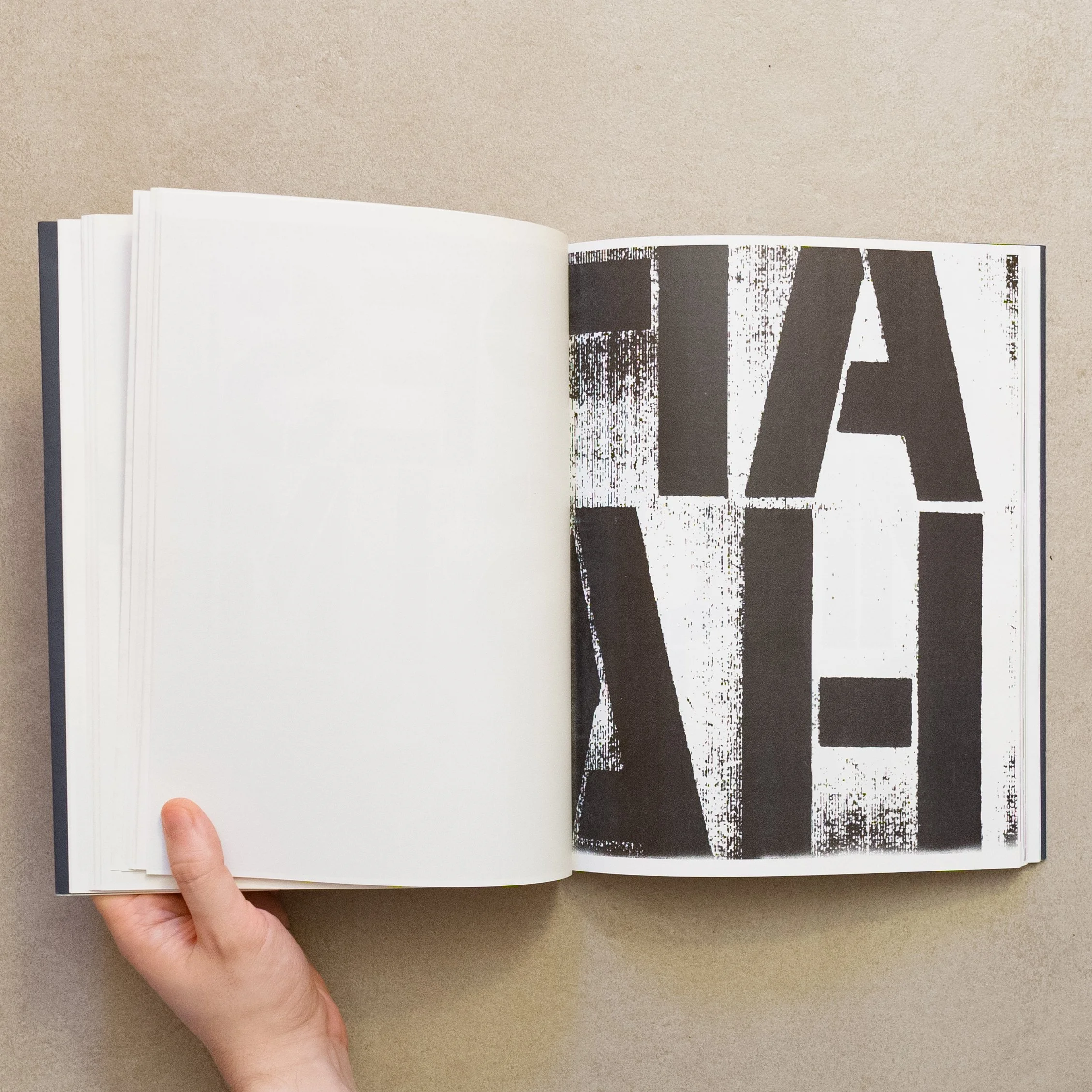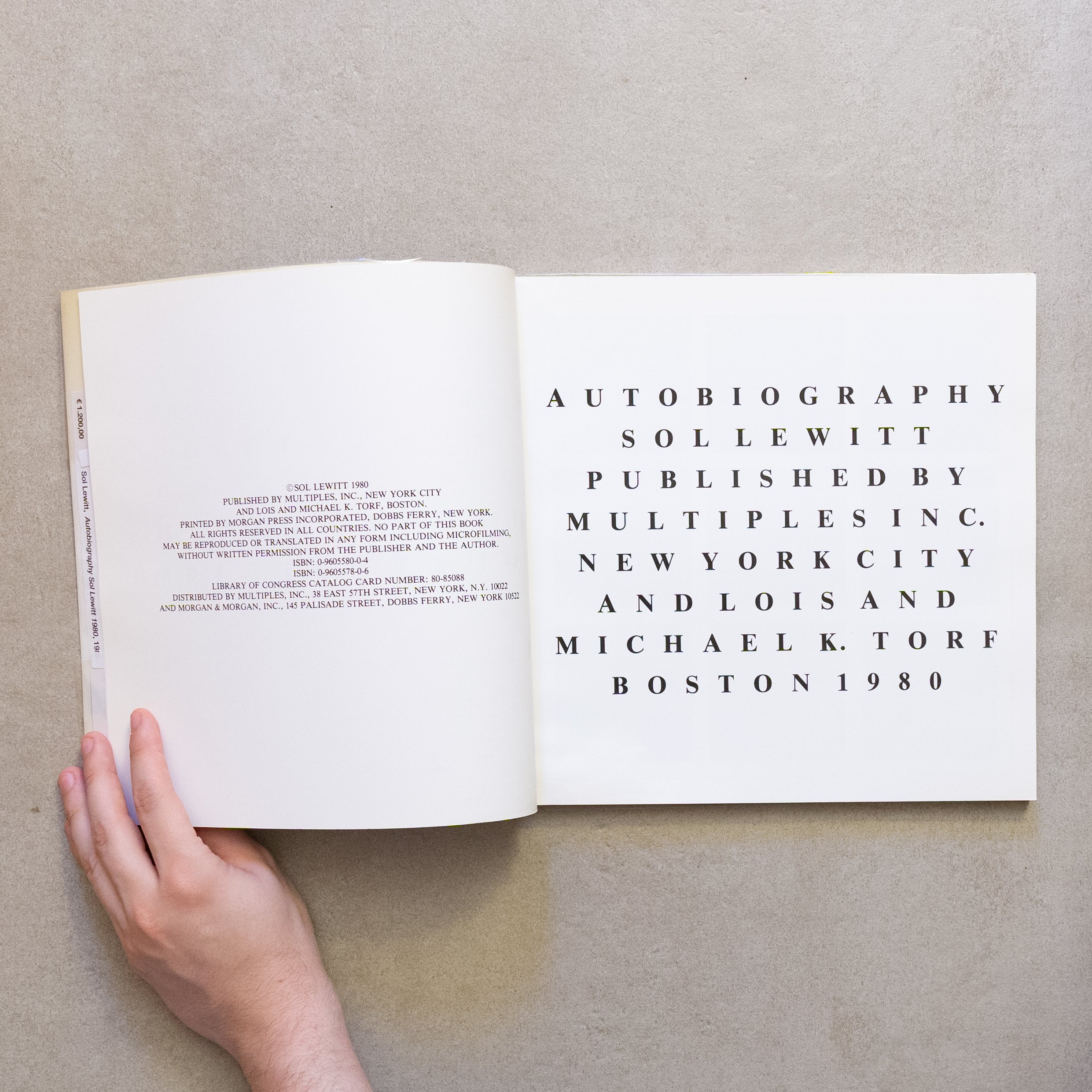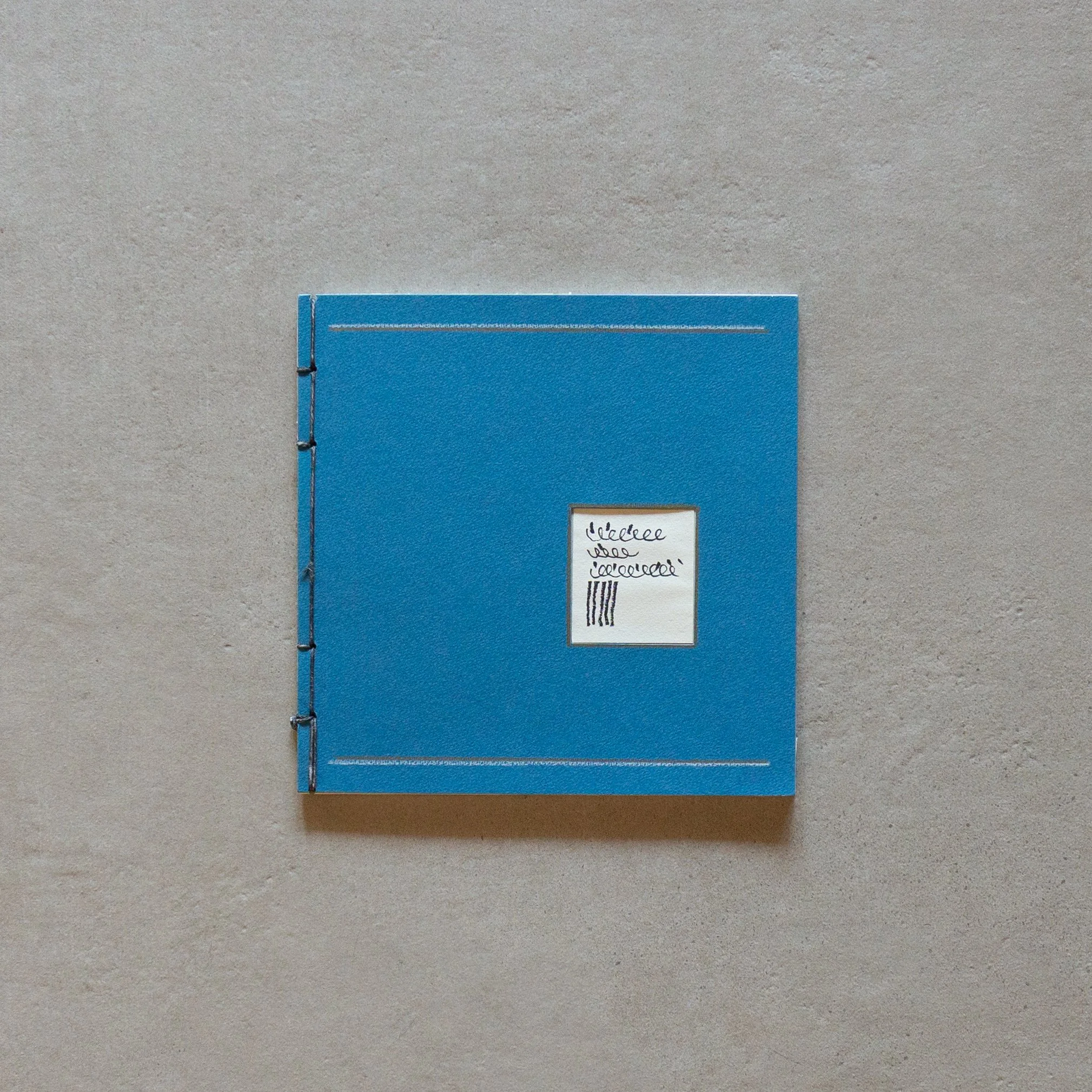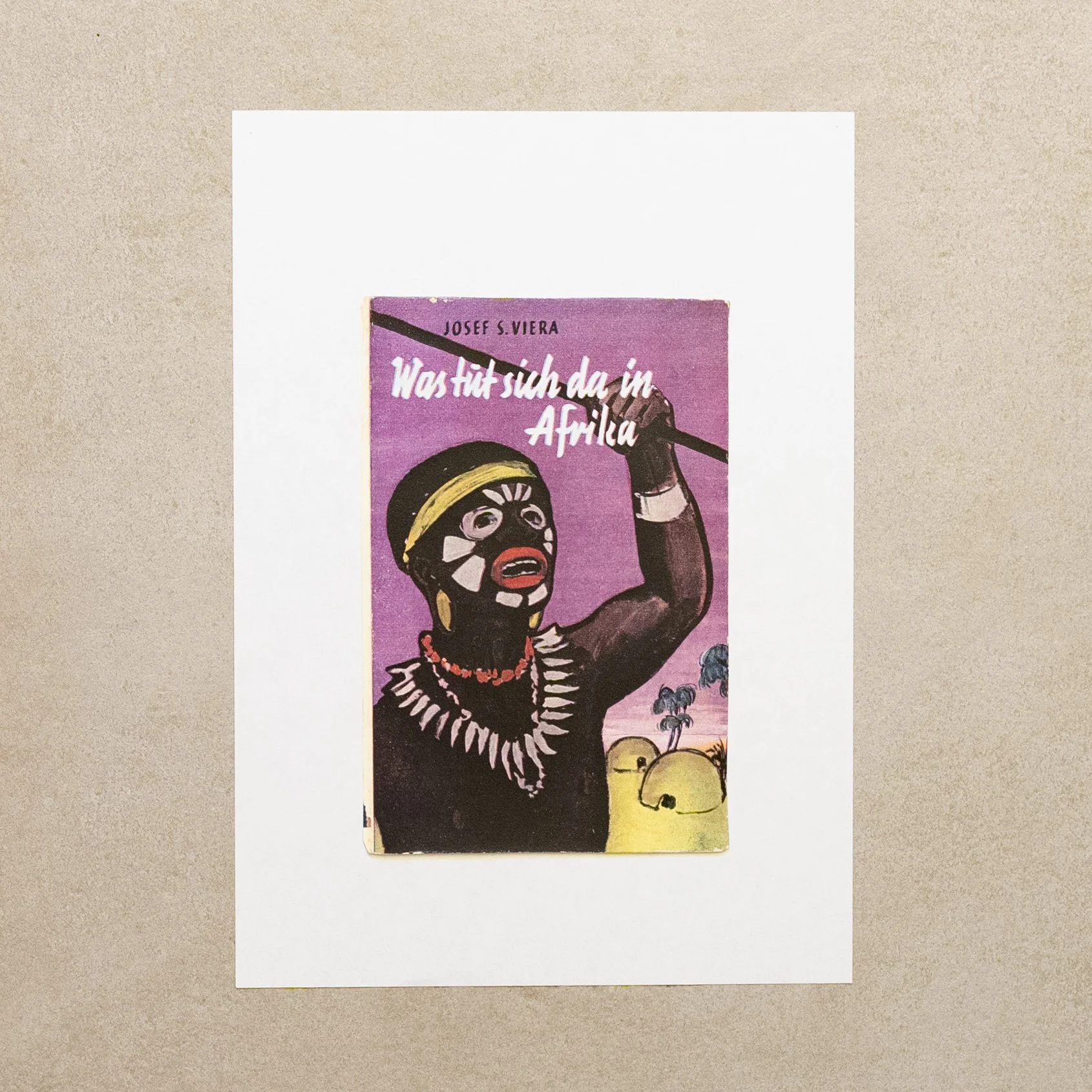 Image 1 of 5
Image 1 of 5

 Image 2 of 5
Image 2 of 5

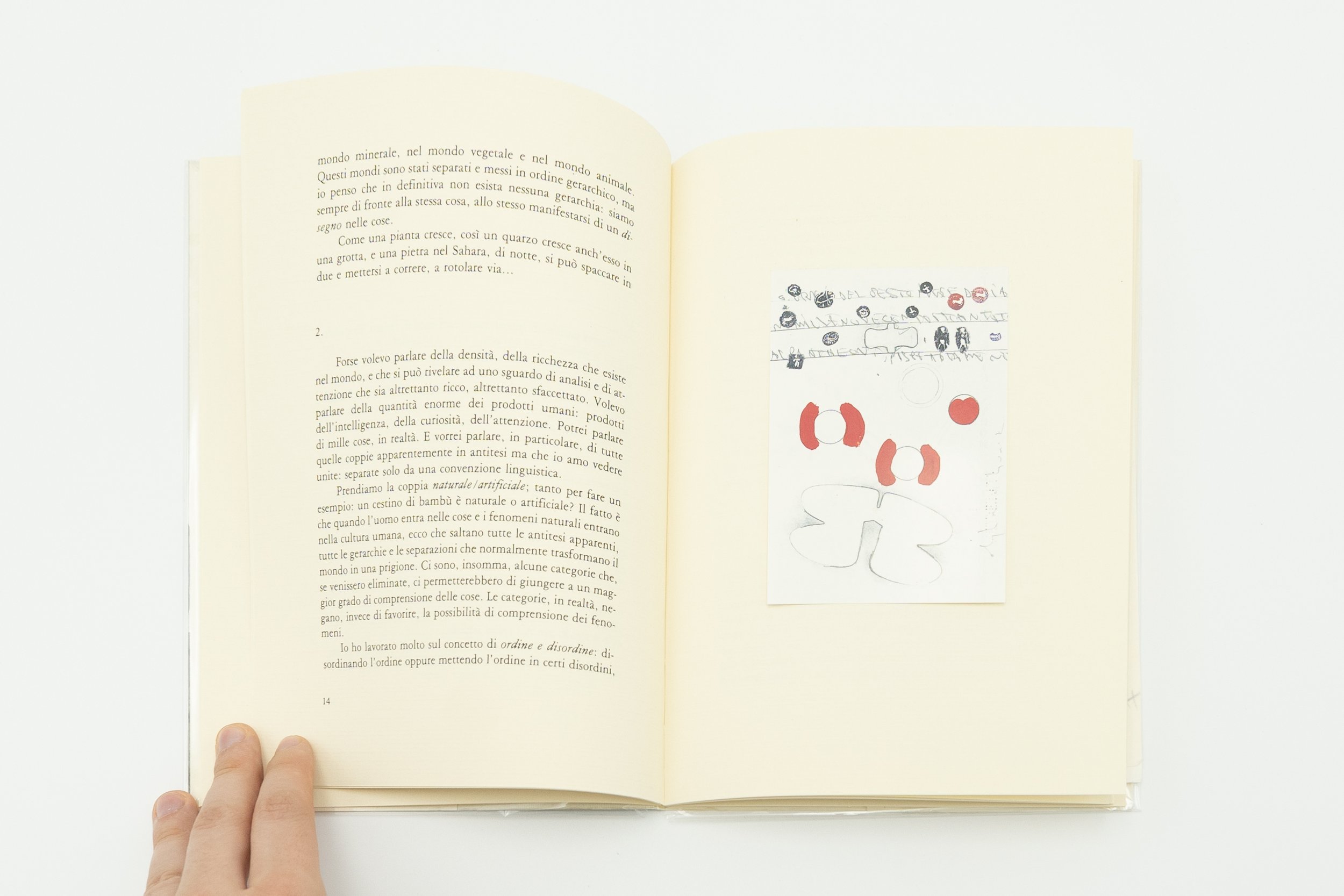 Image 3 of 5
Image 3 of 5

 Image 4 of 5
Image 4 of 5

 Image 5 of 5
Image 5 of 5






Alighiero Boetti / Dall’Oggi al Domani
BOETTI Alighiero (Torino 1940 - Roma 1994)
Brescia, Edizioni L’Obliquo in collaborazione con la Galleria Massimo Minini, 1988, 17,5x23,5 cm., paperback, pp. 29-[3], artist’s book illustrated on the cover with a photograph by Giovanni Marini reworked by Alighiero Boetti, containing a long interview and 4 color plates applied with drawings by the artist. Introduction and texts by Sandro Lombardi. Overall edition of 500 copies, 100 of which contain a numbered silkscreen. Exemplar in the special edition of 100 copies.
[Bibliography: Obliquo 2006: pp. 11 e 42; Dematteis - Maffei 1998: pag. 102; Maffei - Picciau 2011: pp. 170-171].
BOETTI Alighiero (Torino 1940 - Roma 1994)
Brescia, Edizioni L’Obliquo in collaborazione con la Galleria Massimo Minini, 1988, 17,5x23,5 cm., paperback, pp. 29-[3], artist’s book illustrated on the cover with a photograph by Giovanni Marini reworked by Alighiero Boetti, containing a long interview and 4 color plates applied with drawings by the artist. Introduction and texts by Sandro Lombardi. Overall edition of 500 copies, 100 of which contain a numbered silkscreen. Exemplar in the special edition of 100 copies.
[Bibliography: Obliquo 2006: pp. 11 e 42; Dematteis - Maffei 1998: pag. 102; Maffei - Picciau 2011: pp. 170-171].
“La prefazione di Sandro Lombardi chiarisce il metodo adottato nella trascrizione del suo colloquio con l’artista: «una via di mezzo tra spontaneità del linguaggio parlato e le necessità della sintassi... ». Il testo liberato delle interlocuzione e dalle costrizioni dell’intervista diventa un monologo vivissimo in cui Boetti parla di intenzioni, finalità e metodo del suo lavoro...” (Maffei - Picciau).





